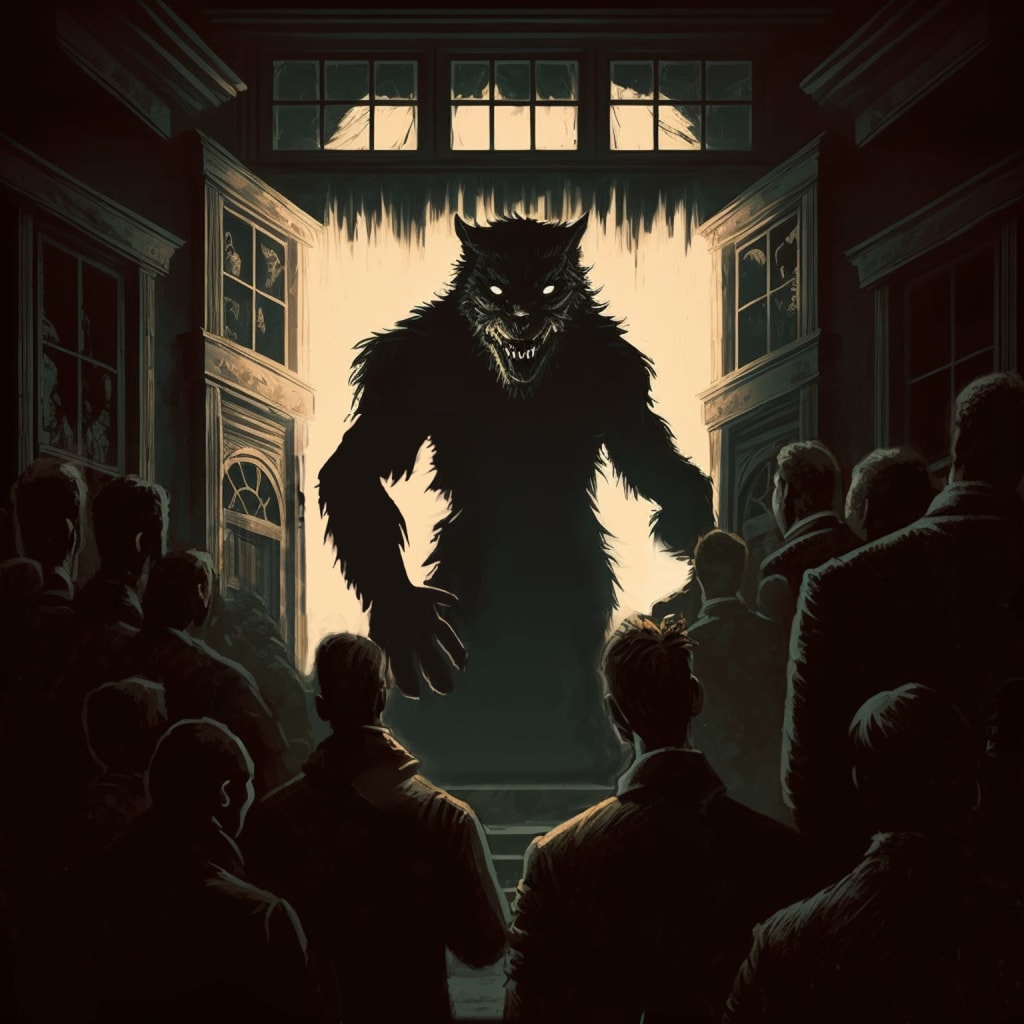The Enigmatic Legends of werewolves
Unraveling the Mysteries of Shapeshifting Beings

Throughout the annals of human history, tales of mythical creatures have captivated our imaginations. Among these legendary beings, the figure of the werewolf stands out as one of the most fascinating and enduring. The idea of a human transforming into a fearsome, half-human, half-wolf creature has sparked countless stories, myths, and legends across cultures. In this essay, we will delve into the captivating world of werewolves, exploring their origins, characteristics, cultural significance, and enduring appeal.
Origins and Cultural Significance:
The concept of werewolves can be traced back to ancient times, with roots in various cultures. Legends of shapeshifting beings were prevalent in ancient Greek mythology, where the term “lycanthropy” was coined, deriving from the Greek words “lykos” meaning wolf, and “anthropos” meaning human. These stories often revolved around gods, heroes, or individuals cursed to transform into wolves or wolf-like creatures.
In Norse mythology, the Berserkers were legendary warriors who exhibited wolf-like characteristics during battle, symbolizing their ferocity and primal strength. Native American folklore also features tales of skinwalkers, individuals with the ability to transform into wolves or other animals.
Characteristics and Transformations:
Werewolves are commonly depicted as humans who can shape-shift into wolf-like creatures, typically during the full moon. The transformation is often described as painful, accompanied by physical changes such as elongated limbs, snout-like facial features, heightened senses, and an insatiable bloodlust. These attributes evoke both fear and fascination, as the werewolf becomes a potent symbol of untamed primal instincts and the duality of human nature.
The werewolf’s transformation is often associated with lunar cycles, particularly the full moon. This connection between werewolves and the moon is deeply ingrained in the lore, adding an element of mystery and supernatural power to their existence.
Cultural Depictions and Symbolism:
The allure of werewolves has permeated literature, film, and popular culture, where they often represent themes of transformation, the struggle between instinct and reason, and the dark recesses of the human psyche. Werewolf tales have provided fertile ground for exploring the boundaries between civilization and the wild, the duality of human nature, and the eternal conflict between man and beast.
In literature, classic works like Bram Stoker’s “Dracula” and Robert Louis Stevenson’s “Strange Case of Dr. Jekyll and Mr. Hyde” incorporate elements of the werewolf mythos to explore the complexities of identity and the monstrous within. In contemporary literature, the “Twilight” series by Stephenie Meyer and the “Harry Potter” series by J.K. Rowling have introduced werewolf characters, further popularizing their appeal.
In cinema, werewolves have been showcased in iconic films such as “The Wolf Man” (1941), “An American Werewolf in London” (1981), and the “Underworld” series. These films have contributed to the enduring fascination with werewolves, blending horror, fantasy, and action to create compelling narratives.
Conclusion:
The enduring fascination with werewolves can be attributed to their representation of the primal, the mysterious, and the untamed aspects of human nature. From ancient myths to modern literature and film, werewolves have captivated our imaginations, exploring themes of transformation, duality, and the eternal struggle between our civilized selves and our wild instincts.
As we gaze into the legends of werewolves, we are reminded that these mythical creatures serve as a reflection of our own deepest fears, desires, and the potential for untamed power lying dormant within us all. The enduring allure of werewolves will continue to inspire storytellers and ignite the imagination of generations to come, ensuring that these enigmatic creatures remain an indelible part of our cultural tapestry.





Comments
There are no comments for this story
Be the first to respond and start the conversation.